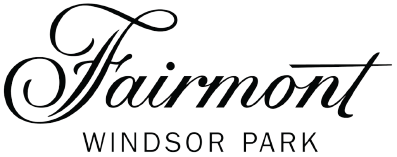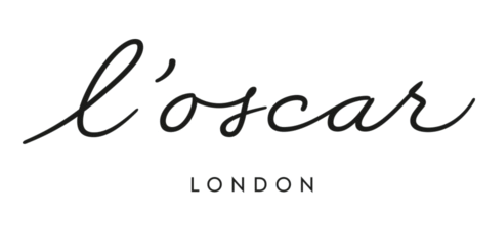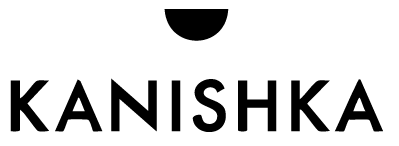
When it comes to investing in contemporary art, it is important to take some contemporary art investing tips and advice so you can make the judgement on what will make a good investment and what is likely to not pay off in the long run.
In this article, we will be discussing contemporary art investments and whether it is worth it or not. Keep reading - and if you have any questions or need any advice on contemporary art, do not hesitate to get in touch with us here at Grove Gallery.
What is Contemporary Art Investment?
You can invest in all kinds of art; it doesn’t have to be classic pieces or blue chip artists. Contemporary art is investable, and an important factor when investing in art involves investing in art that you enjoy.
Contemporary art investment is when you purchase artwork from current artists, with the aim of profiting from the art in the future.
It is considered a long-term investment - it can take years for art to appreciate in value. You can invest in contemporary art with as little as £3,000 at Grove Gallery - but some pieces can cost upwards of £10,000.
Benefits of Contemporary Art Investment
Whether you are interested in art, looking to build up a collection, add to your existing and growing collection, or are in it for long-term profit - when buying art, it has to speak to you.
Contemporary art speaks to a lot of people and is a fun genre of art to get into and invest in. Here are some reasons to consider investing in contemporary art:
You Can Enjoy Art Every Day
Start investing in contemporary art and it can be worthwhile - you can invest in prints and other types of contemporary art.
It doesn’t all have to be about profit margins and a huge return on your investments if you are passionate about building a collection and expanding your art portfolio.
Purchasing art of any kind is a fun, exciting, and enjoyable hobby. Art is a good investment if you wish to get into the art world.
Art Can Appreciate in Value
Contemporary art can be a great way to generate profit and has a history of value appreciation over time.
From 1995 to 2020, contemporary art has demonstrated a 14% yearly price appreciation. When you invest in art through Grove Gallery, you can generate returns of up to 12% per year. Let’s look at some specific examples of art appreciating in value:
- “Sage Blue Marilyn” by Andy Warhol sold for a record $195 million in 2022 - beating the $103 million record set by Pablo Picasso’s art in 2021
- In 2022, An Invader print sold for a whopping 357% more than the same edition did in 2017
- Tracey Emin’s “My Bed” installation sold for £150,000 - but then was auctioned for £2.5 million in 2014.
The Contemporary Art Market is Accessible
Historically, the art market was only open to a select few. However, the art market has expanded, and more people are investing in art than ever before.
You don’t need to break the bank to invest in art - you can get started with a small amount - especially if you opt for work from up-and-coming artists. You can invest in art with Grove Gallery for a minimum of £3,000.
If you’re looking to invest in blue-chip art, however, you may need a solid lump sum to get started. Blue-chip art typically costs between six to eight figures - most pieces sell for at least £100,000.
What to Consider When Investing in Contemporary Art
Although the process is relatively simple, there are many factors to consider when making a contemporary art investment:
The Artist
Consider investing in artists that are breaking through in the art industry. Among the new breakthrough artists, there are likely to be the next superstars in the art game. This will result in a great investment choice.
Artists are always moving in status from up-and-coming artists to blue-chip ones. In these cases, work from emerging artists is worth just a fraction of the price compared to when they progress to becoming blue-chip artists.
Here, for example, is where you are likely to make an extremely profitable purchase if you invest in the right artist before they make it big. However, not all up-and-coming artists are guaranteed to make it big.
You should seek out an artist’s work in a gallery so you can view all their work in one place, and if it is being exhibited in a gallery in the first place, that is a good sign and means that the gallery values the artist’s work and respects it.
The Timing
Unlike the regular stock market, the art market isn’t affected very much by what is going on with stocks and shares at certain price points.
This is a great reason why many choose to invest in art, as it is its own global art market. Take 2022, for example - while stocks and bonds declined during the first half of the year, art auctions were soaring.
However, the art market faced a challenging time during the pandemic in 2020, though this helped online auctions boom. This is a good example of why you should consider timing when you come to invest in contemporary art.
With the current climate being how it is at the moment, many people are looking to invest in things that are tangible, such as art. As a result of this, auction art values will continue to soar. It is equally important to know when to buy as it is to know when to sell.
When purchasing, be selective and have some diversity in your art collection. When it comes to selling, hold on to your pieces for the long term if you wish to see what really happens to your investment in contemporary art pieces.
Art investment is a long game, especially when you have to invest in perhaps new and up-and-coming artists. If calculated and predicted correctly, their art can increase hugely in value, so your timing is key.
Originals
Original works from well-known artists will always cost more and have a higher resale value and sales price than prints, for example.
However, some prints can still be worth investing in, as artists often produce a limited number of prints that can be sought after, are in demand, and therefore have a high resale value, which is likely to increase, so they could make a good investment decision.
You can also choose to buy original artwork from up-and-coming artists in the hope that you’ve found the new Banksy.
This strategy could pay off for you, or at the same time, you could have trouble reselling it in the future if the artist has not become popular and it has not increased in value.
So, Is it Worth It?
In short - yes, if you choose the right artwork and seek the right advice, an investment can definitely be worth it.
When investing in contemporary art, here are some final points from Grove Gallery to consider. Invest in the art that you like and love, whether that be limited edition prints, fine art, contemporary art, and the list goes on.
- If you love an artist or a piece of art, chances are someone else will too. Hanging on to it for a while can help it increase in value.
- Find galleries and art fairs that represent young and up-and-coming artists - from here you will be able to find potential up-and-coming artists that have the potential to make it big.
- Be patient; art investing is for the long term, especially if you are investing in contemporary art. With newer pieces, you will have to wait to see how they increase or decrease in value over time.
When the time comes to sell, approach the gallery you bought from, such as us at Grove Gallery.
Galleries such as Grove Gallery are experienced in helping art investors find the perfect buyers for certain art pieces.
Galleries also often have fewer works of art available than auction houses, so it is well worth your while to approach us and let our expert art advisors advise you further.






